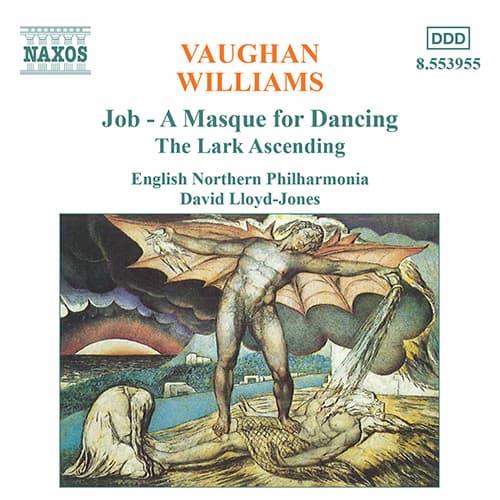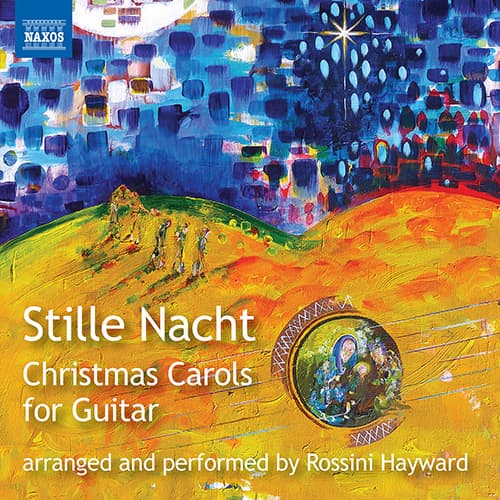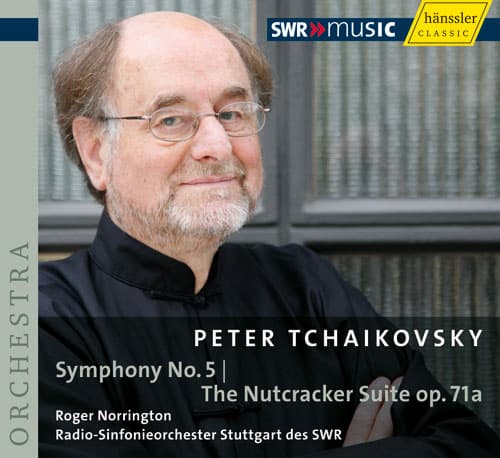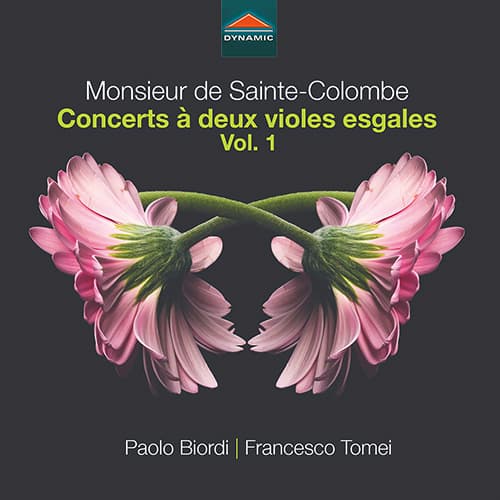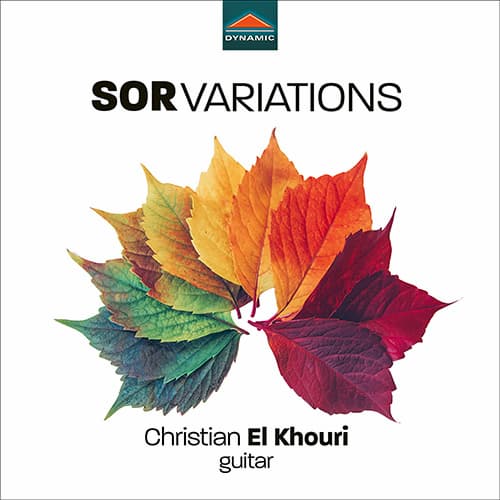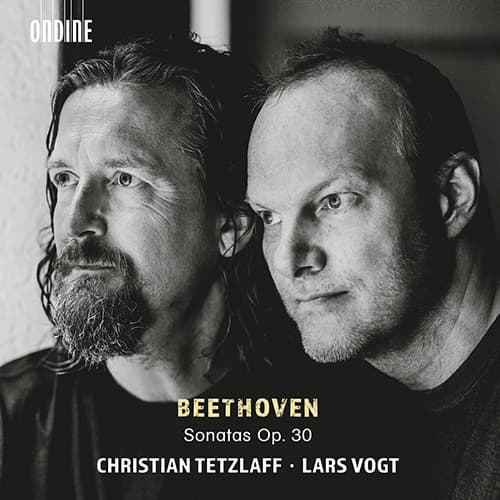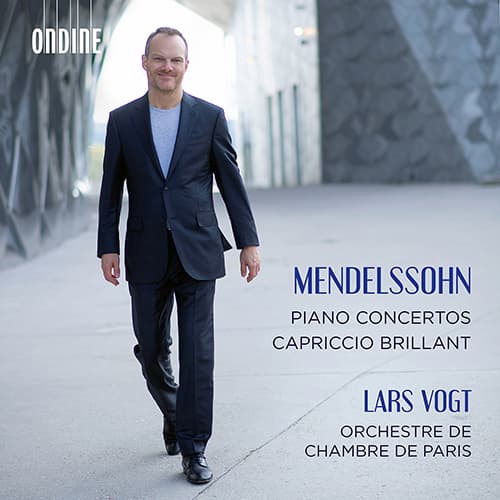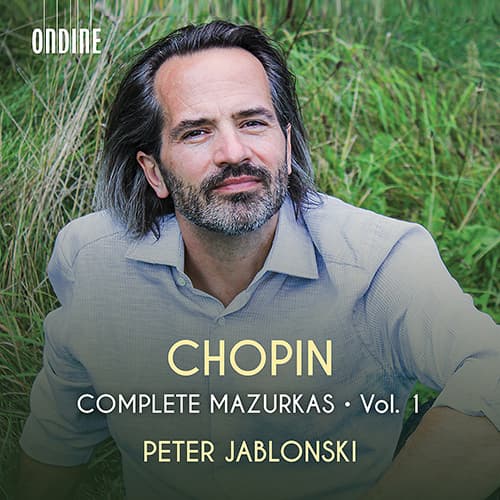The orchestra paints a calm scene – blue skies, some clouds – and then a rising song. It’s the skylark, a bird of the open farm and of the heath. Its song, sung only by the male, is delivered in
My music
One of the most beautiful of the carols sung at Christmas, the Coventry Carol commemorates a truly tragic event. As told in the Gospel of Matthew (2:16–18), Herod, the king of Judea, ordered the killing of all male children two
It’s the fond memory of many adults raised in America that the Christmas season is the time for Tchaikovsky’s beautiful ballet, The Nutcracker. George Balanchine’s New York production, which had its debut on 2 February 1954, brought E.T.A. Hoffman’s tale
It was only in recent years that the violist and composer known as Monsieur de Sainte-Colombe could be given a first name: Jean. His place and date of birth are unknown, how he came to music is unknown, and even
After starting his career in the military, as was the tradition in his family, Fernando Sor (1788–1839) worked for the invading French military and then moved to Paris when they departed, fearing retribution for his work with the occupiers. While
Beethoven’s stylistic periods are often dated by his symphonies. However, for his violin sonata, their styles often advance before the symphony styles do. For example, His set of Violin Sonatas, Op. 30, shows many signs of the middle/late Beethoven but
A caprice is something that takes you on a whim, an impulsive action, an unpredictable change, and a perfect inspiration for a Romantic piano piece. In Mendelssohn’s Capriccio brilliant, written in May of 1832 and performed in London that same
Polish identity and dance have had a strong effect internationally. We may no longer dance the Polska or the Mazurka, but the Waltz and the Polka still have their day. From Poland in the 16th century to America in the

